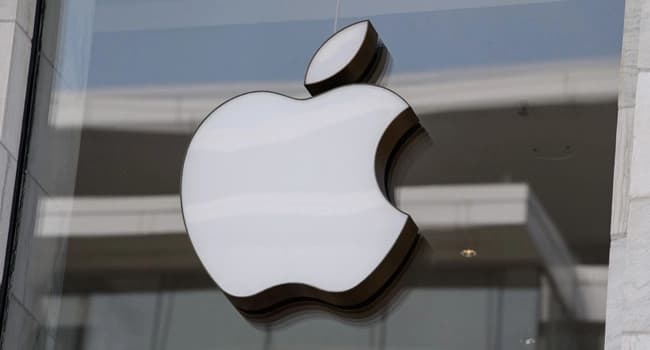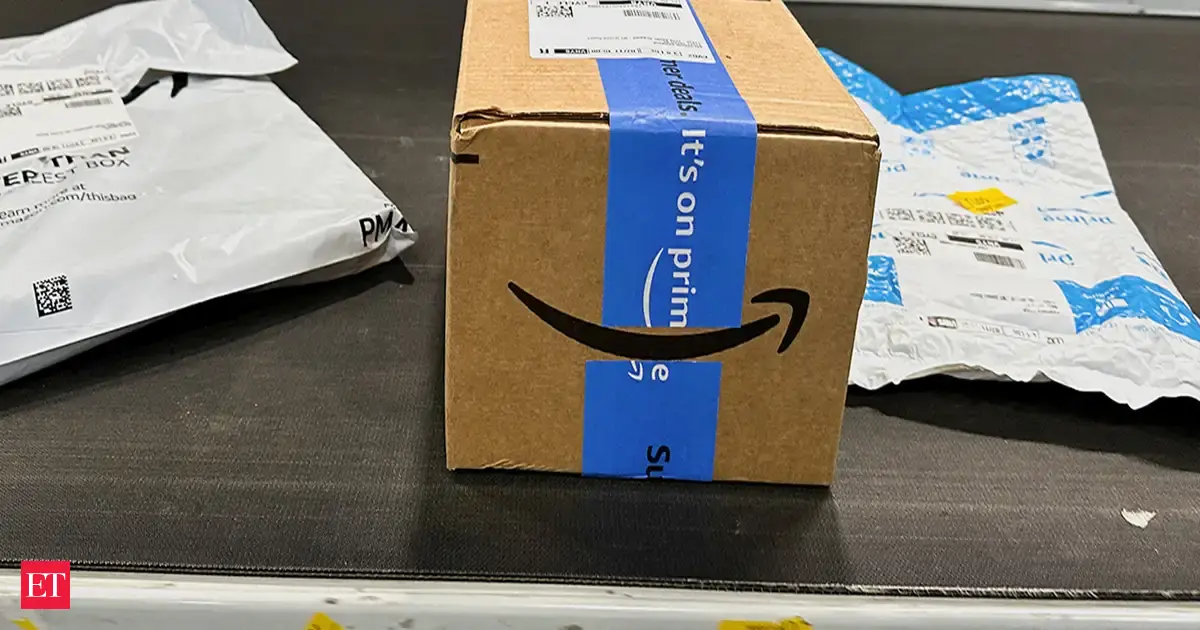By Boluwatife Oshadiya
Copyright bizwatchnigeria

Apple’s iPhone 17 launch wasn’t just a tech event—it was a masterclass in how to make people want something. Sure, it’s a phone with faster chips and slicker design, but peel back the layers, and you’ll see a blueprint for winning markets.
Whether you’re a startup founder, an investor, or just someone who wonders why people camp out for a new iPhone, there’s something here for you. Let’s break it down.
1. Innovation Doesn’t Need a Full Makeover
You know what? Apple didn’t reinvent the wheel with the iPhone 17. They tweaked—better cameras, smarter AI, longer battery life. And yet, it feels new. That’s the magic of iteration. Businesses often think they need to start from scratch to stand out, but small, consistent upgrades can pack the same punch. It’s like adding a pinch of spice to a recipe—sometimes, that’s all it takes to steal the show.
For smaller companies, this means focusing on what you can improve now. Don’t wait for a grand overhaul. What’s one feature you can polish to make customers notice?
2. Scarcity Turns Want into Need
Ever notice those lines snaking around Apple stores on launch day? That’s not an accident. Apple could flood the market with iPhones, but they don’t. Limited stock creates buzz—pre-order wars, news headlines, even scalpers cashing in. It’s all part of the theater.
Here’s the thing: scarcity isn’t just for tech giants. Small businesses can use it too—think limited-edition products or exclusive early access. For investors, it’s a reminder that supply constraints can shape demand in fascinating ways. Ever wonder how much of “sold out” is strategy, not chance?
3. Loyalty Lives in Feelings, Not Features
Ask an iPhone fan why they upgraded. Bet they won’t say, “Oh, the new chip’s 3 nanometers!” It’s more like, “It just feels better.” Apple’s selling a vibe—a sense of being part of something sleek, modern, maybe even elite. That’s emotional branding at its finest.
This works everywhere. Whether you’re selling coffee or software, tap into what makes people feel connected. Are your customers buying a product, or are they buying a story they want to tell?
4. AI’s Power Is in the Background
The iPhone 17 is packed with AI—photo tweaks, a sharper Siri, real-time call translations. But Apple doesn’t scream “AI!” like it’s a sci-fi movie. They focus on what it does for you, like editing a video faster than you can say “Instagram Reels.” That’s smart marketing.
For businesses, the lesson is simple: don’t sell the tech, sell the ease. Investors, take note—companies that weave AI into practical benefits, not buzzwords, are the ones to watch. How can you make complex tech feel like a breeze for your customers?
5. Green Isn’t Optional Anymore
Apple’s big on sustainability these days—recycled aluminum, greener supply chains, even smaller boxes. Some roll their eyes and call it PR. But for younger buyers, it’s a dealbreaker. They want brands that care about the planet.
This isn’t just feel-good stuff. Regulators in places like Europe are cracking down, demanding proof of eco-friendly practices. If your business isn’t thinking green, you’re already behind. How can you show customers you’re part of the solution, not the problem?
6. Price Is a Story, Not a Number
Let’s be real: the iPhone 17 isn’t cheap. But millions fork over the cash. Why? Apple spins it as an investment in your life—productivity, style, status. They also play the pricing game cleverly, with base models, Pro, and Pro Max tiers making the middle option feel like a steal.
This strategy isn’t just for phones. Whether you’re selling subscriptions or houses, it’s about framing the cost as value. Ever notice how a “premium” option makes the standard one seem like a bargain?
7. Hype Is Your Secret Weapon
Apple doesn’t just drop a product—they build a saga. Leaks start months early, influencers drop hints, keynotes tease just enough. By launch day, the internet’s practically vibrating. That’s hype done right.
Businesses, take note: marketing starts long before the sale. A well-timed teaser or a clever social media post can turn a launch into an event. For startups, it’s about creating buzz on a budget—maybe a sneaky X post or a collab with a local influencer. How can you get people talking before your big reveal?
So, What’s the Big Takeaway?
The iPhone 17 isn’t just a phone—it’s a playbook. Apple shows us that success blends psychology, strategy, and a touch of showmanship. For entrepreneurs, it’s a call to think beyond the product. For investors, it’s a hint at what drives markets. And for the rest of us? Well, it’s a nudge to question why we’re so eager to hit “pre-order.”
Next time you see those Apple store lines, don’t just see fans—see a strategy that’s been winning for years. What’s one lesson you can borrow for your own goals?



